How to grow garlic?

Garlic is a fairly common crop, it is grown in almost every area. And it is not surprising - this is a storehouse of vitamins and an essential ingredient in many canned vegetables and other dishes. Unfortunately, not everyone is familiar with the intricacies of the technology of growing garlic, and without this, you cannot get a high-quality harvest.
In the article, we will tell you about the methods of growing garlic, what should be the care of this crop, when to plant it and how to save it from pests.
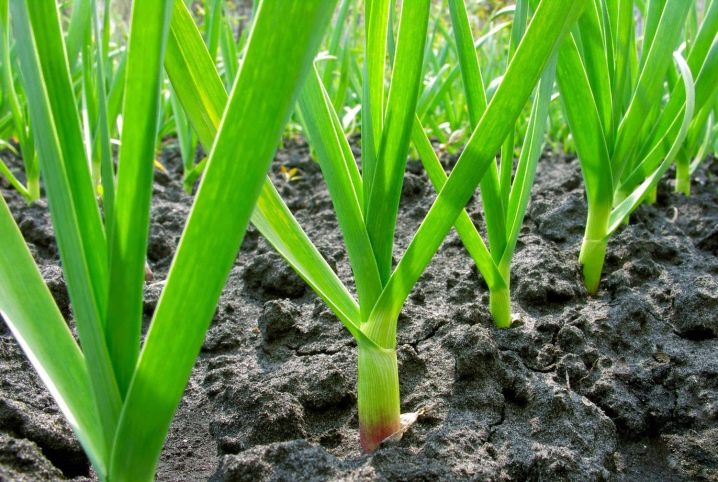
Landing dates
Winter garlic is planted in the fall with the arrival of the first cold weather, but the ground is not frozen yet. Specifically by dates, it depends on the region and climatic conditions, but in general it is customary to plant winter varieties of garlic in early October - mid-November.
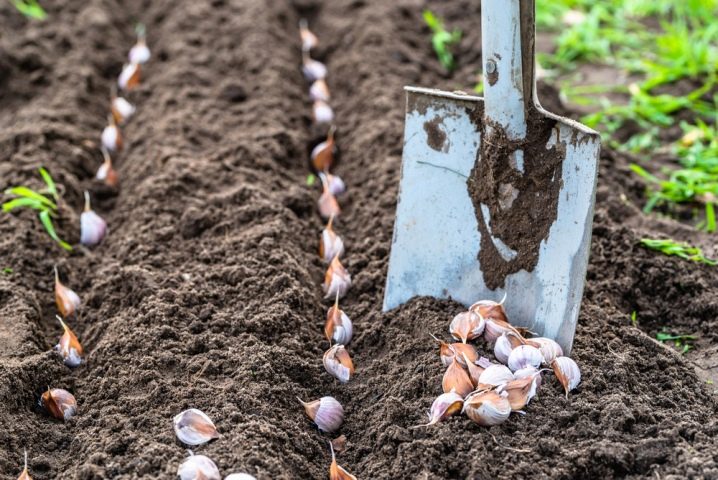
Spring planting is, as a rule, planting of spring varieties. Spring garlic produces more cloves that are suitable for canning. However, both types of garlic can be planted both in autumn and spring, both are used for seaming.
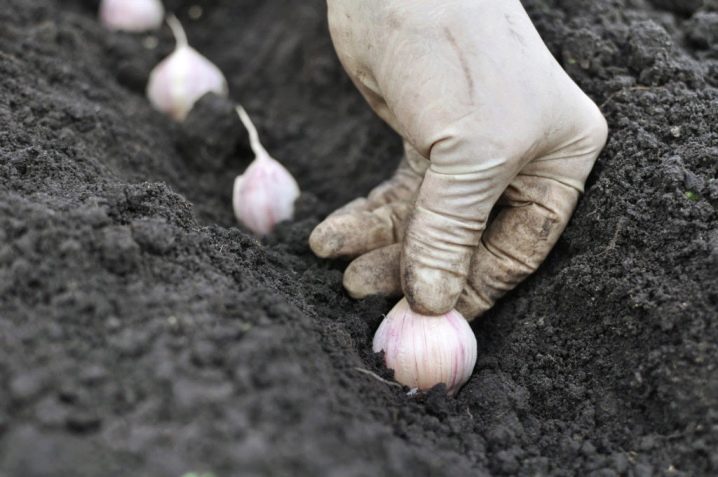
Planting methods for all garlic are also the same. Let's take a closer look at how this culture multiplies.
Planting methods
Agricultural technology for spring and winter plantings is the same, but the technology is slightly different. Before winter, garlic is planted deeper - to a depth of 3-5 centimeters (sometimes 6-8 cm), and during spring planting, the seed is deepened a centimeter less.
Now we will consider various techniques on how to germinate garlic (it is not practiced to propagate this culture with seedlings).
Teeth
Usually, garlic is not planted with a whole head (with the exception of single-clove varieties), each clove is separated before planting. One clove - one planting material. The beds for this method are made 1-2 meters wide.
The teeth are planted at a distance of 15 or even 20 centimeters from each other. Depending on the season, they deepen by 2-8 cm, and sprinkle about 1 cm with humus on top.If this is a planting before winter, then choose a head with larger teeth, the weight of each should be at least 4 g.
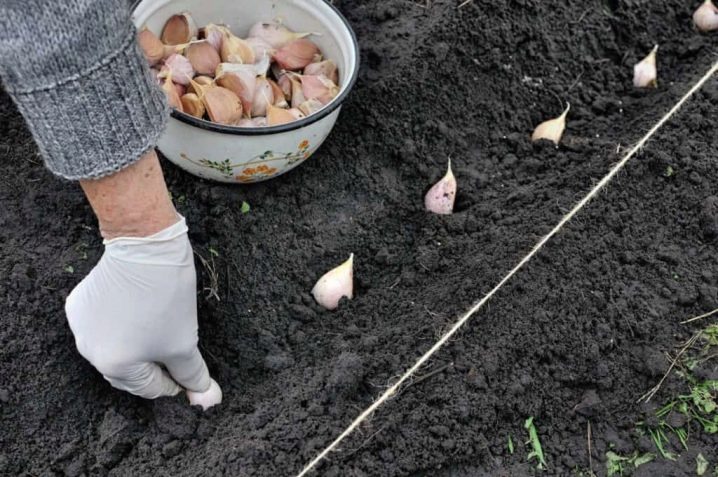
Air bulbs
The airy bulbs form on the arrows of the garlic. They shoot arrows mainly of varieties of winter garlic, spring garlic does not give an arrow. For planting, choose the bulbs of a well-developed plant. They are planted before the onset of cold weather, this year's air bulbs are used.
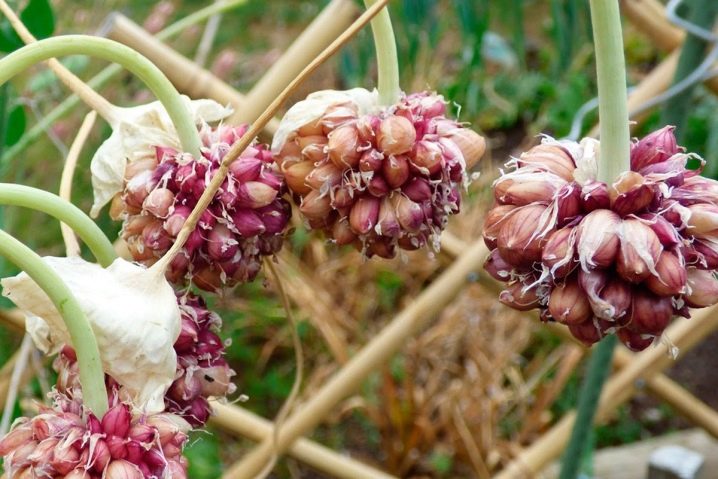
The exact timing and technology of planting are the same as when propagating winter garlic with chives. Before digging into the ground, it is recommended to soak the bulbs in an ash solution (use wood ash), and stand for 10-12 hours.
They are planted at a distance of 4-6 cm from each other and to a depth of 2-4 cm. Such plantings are mulched, the layer of mulch should be within 2 cm. In the spring, such seedlings are looked after in the same way as for denticulate plantings. In the first year, a single clove garlic (set) will grow from the air bulb.
Sevok will become a good material for the renewal of the variety. It is important to harvest such a crop on time, single-toothed bulbs have the property of self-deepening. As soon as the leaves of the garlic turned yellow and sank down, it was time to harvest.

Small airborne bulbs will only turn into standard garlic heads after 2 years.
Sevkom
To get a large one-toothed head of garlic, plant a sevok (one-clove bulb) in the 15-20th of April, and to grow ordinary heads, plant a sevok in the fall. This seed also goes through the selection stage: the largest and most beautiful specimens are selected for planting.
For planting, beds are made at a distance of 20 cm from each other and one head is planted from another at a distance of 10-12 cm. The entire preparatory part, the choice of the place and the timing of planting are the same as when planting the bulbs and cloves.
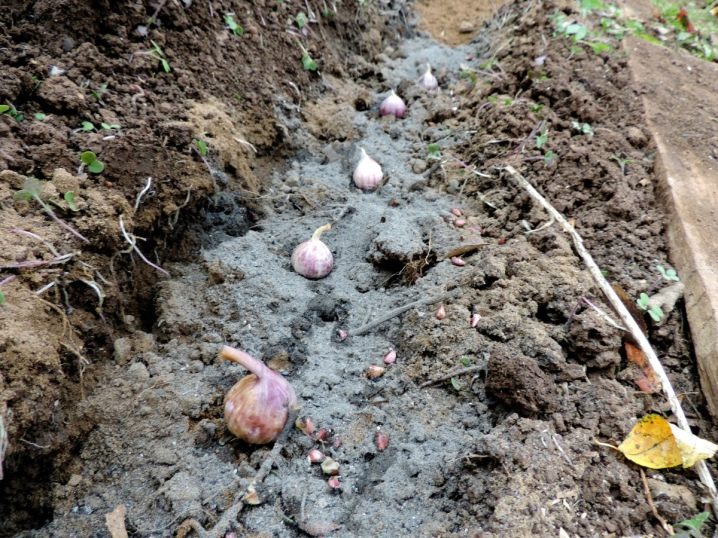
Care
Outdoor cultivation and care depends on when the garlic is planted. So, garlic planted in the ground before winter (the one on the head) needs to be mulched. The soil in the beds is covered with a thick layer of straw or foliage is collected from the garden and garden, it is used to cover the place where the garlic grows.
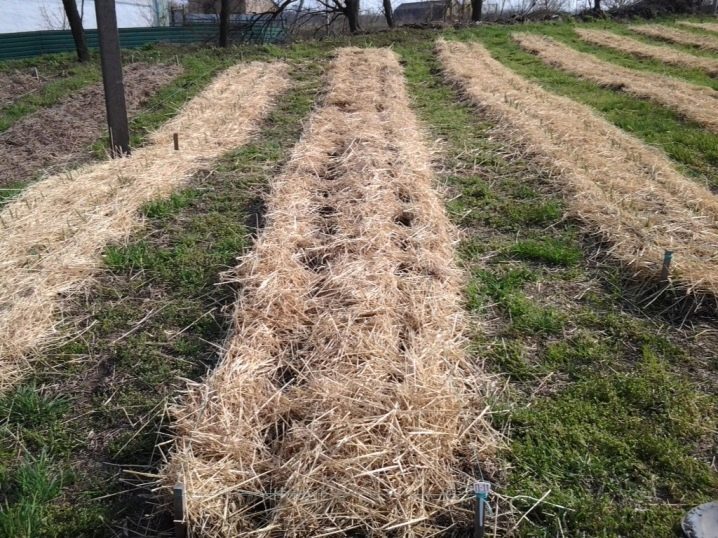
Such insulation will protect the seed from sudden temperature changes and from freezing. By the way, they also mulch in the greenhouse if it is unheated. In the spring, the mulch is removed and the sun is given the opportunity to warm the earth with natural heat.
To properly grow garlic, you need to water and feed the crop on time. We will consider the secrets of cultivation and care for these positions in more detail later.
Watering
If the soil is not too dry, garlic is less demanding on water. One of the secrets lies in this moment: the less moisture during watering, the richer the garlic aroma will be. When you need to monitor humidity, it is during the active growth of green mass - this is from about May to mid-July.
During this time, you will need to water the garlic plantations at least 10 times. If the weather is rainy or with high humidity in the soil, watering is not recommended. Excess moisture can lead to rotting of the bulbs, yellowing of foliage or the development of various diseases of a fungal nature.
From the second half of summer, you can not water the garlic at all, or simply reduce the amount of watering.
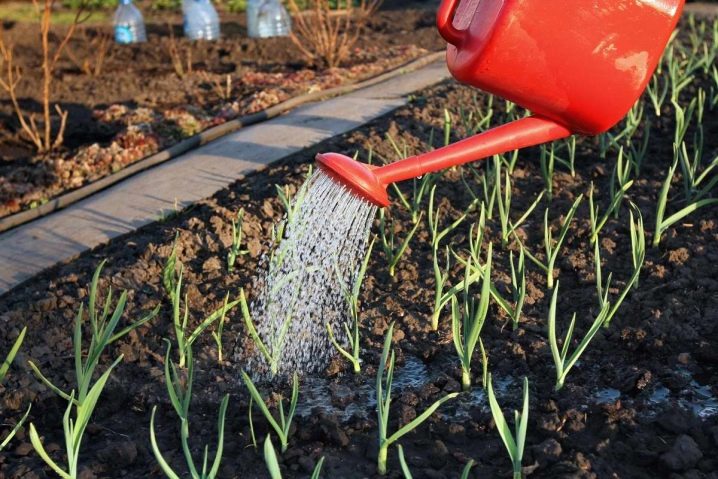
Top dressing
During the growing season, you will have to feed the plant twice. For the first time immediately after the emergence of shoots: for this, wood ash (2 glasses) is dissolved in water (10-12 l) and the soil is processed. At the same time, fertilizing with a nitrogen composition is also allowed.
The garlic is fed the second time at the time of the formation of the bulbs. So that they are not small, it is necessary to fertilize the beds with mineral compounds. It is also necessary to scatter humus - all these activities contribute to the formation of large heads of garlic.
He loves this culture and organic matter, so if there is fresh manure in the country, then you can make an infusion from it and water it. Just do not abuse such fertilizer, especially if you have already been fed with a nitrogen composition.
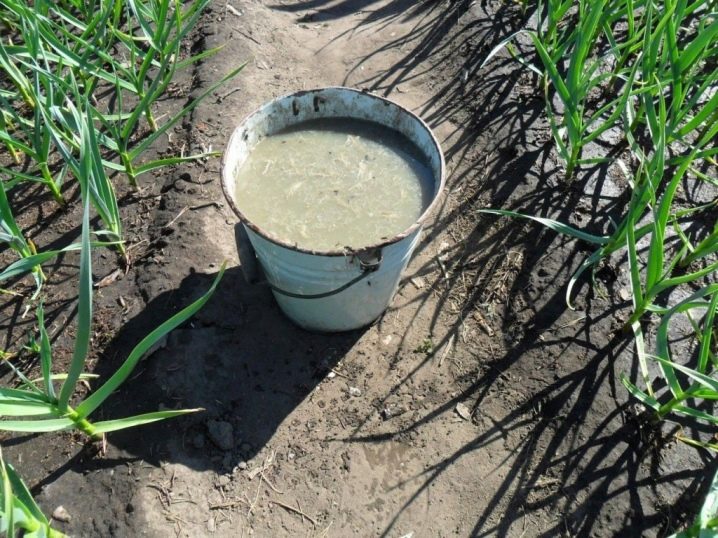
Loosening
Garlic loves clean areas, and it also grows well on loose soil, so loosening is an integral part of caring for garlic plantations. It is recommended to loosen the soil after each watering, and if weeds overwhelm the garlic, loosening can also be done - as a technique for cleaning the site.
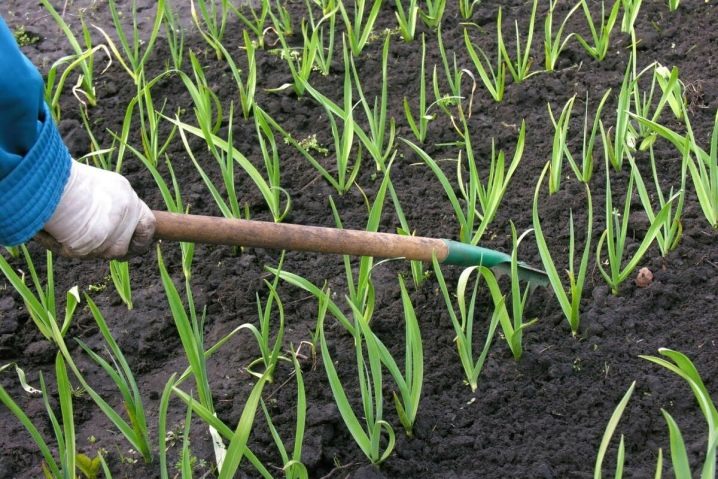
Diseases and pests
Garlic is often plagued by fungal diseases. So, it can be affected by peronosporosis, rust, black moldy rot, white rot, black cervical rot. Green and black mold also attacks garlic plantings if no preventive measures are taken.
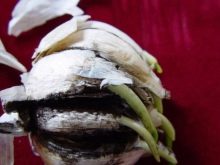
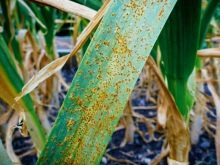
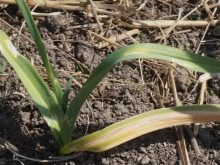
Moreover, the defeat of fungal infections can occur even during storage of the seed. If at least one fruit has caught the fungus, the infection of healthy heads will go very quickly. These bulbs develop dark spots and become lethargic.
In the future, such a head becomes empty. That is why it is so important to comply with the storage conditions for seed material - high temperature and humidity lead to the spread of the fungus. But a number of fungal diseases affect garlic right in the beds. Symptoms of such manifestations:
-
leaves turn yellow and dry from top to bottom;
-
a white bloom forms at the base of the bush;
-
the plant gradually withers and may die.
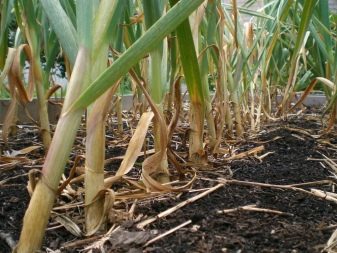
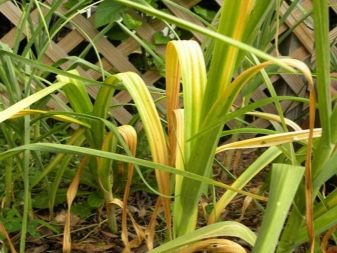
As a preventive measure, it is necessary to observe crop rotation, periodically update the seed material, taking air bulbs for planting. If the diseases still overtake the culture, it will be possible to cope with the help of fungicides.
There is a large selection of chemicals on the market for both seed dressing and fungal diseases.
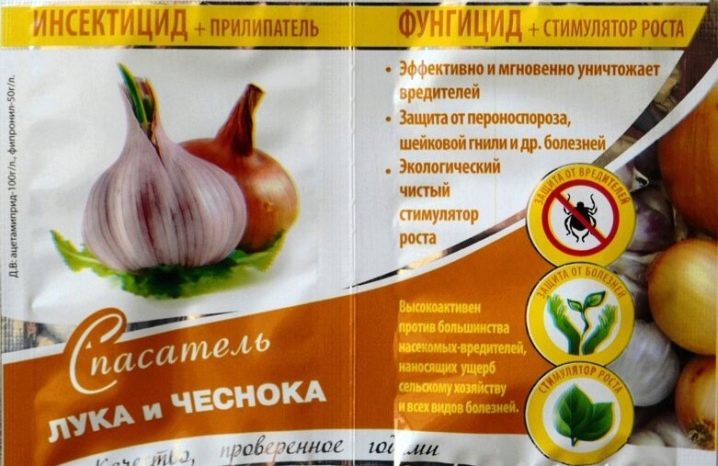
Before use, familiarize yourself with the composition and pay attention to the precautions when working with such products.
Whoever has set a goal to grow an environmentally friendly product can try to protect the plant with folk remedies. So, you can process garlic plantations with yarrow infusion with calendula. Grind 50 g of greens and fill this green mass with 2 liters of boiling water.
Let the concentrate sit for a week and dilute with 20 liters of water before spraying. If you treat the soil in this way before planting and during the period of active growth of greenery, then you can prevent the development of white rot and other types of fungal diseases of garlic.
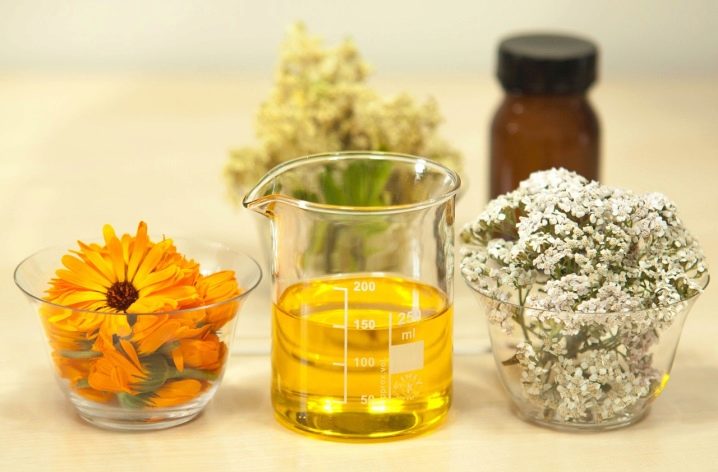
Among the pests that like to attack garlic are the onion fly and other onion crop lovers, as well as root mites, etc. In fact, these are the creatures that are not disgusted with the garlic smell. In this case, in order to get rid of them, you will have to apply insecticides.

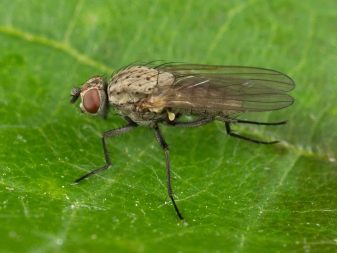
Among the recommended chemicals against harmful insects are "Neoron", "Actellik" and other agents. It is important to read the instructions for use before use. And you also need to take into account the following point: if there are hives nearby, insecticides will kill the bees.
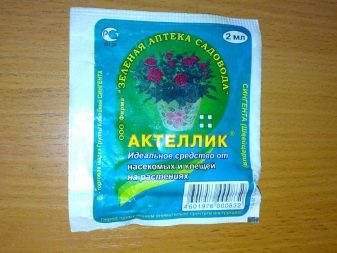

From folk remedies against pests, makhorka is effective. An infusion is made from it with the addition of red bitter pepper. To do this, 250 g of makhorka and 1 tbsp. a spoonful of pepper is poured with 2 liters of boiling water and insisted for 3 days. Then the resulting concentrate is filtered and diluted in 10 liters of water.
Add 30 g of any liquid soap to this solution and treat the garlic beds from the onion fly.

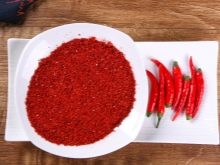
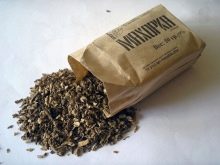
Harvesting
To keep the garlic well, it is important to remove it in a timely manner. How to determine the timing of cleaning:
-
the leaves turned yellow and even some of them dried up;
-
inflorescences cracked;
-
the scales on the heads became thin and fragile.

Depending on the region and weather conditions, garlic harvesting is organized between early July and late August. If you are late in harvesting, the bulbs will begin to decay, the cloves will fall out of the nest, the presentation of the garlic will deteriorate, but most importantly - there will be a risk of infection.
Early varieties are harvested 100 days after planting, the rest after 120-140 days. Collecting garlic heads is recommended in dry weather. Garlic is dug out with a pitchfork with fine sharp teeth - this way they are less damaged.
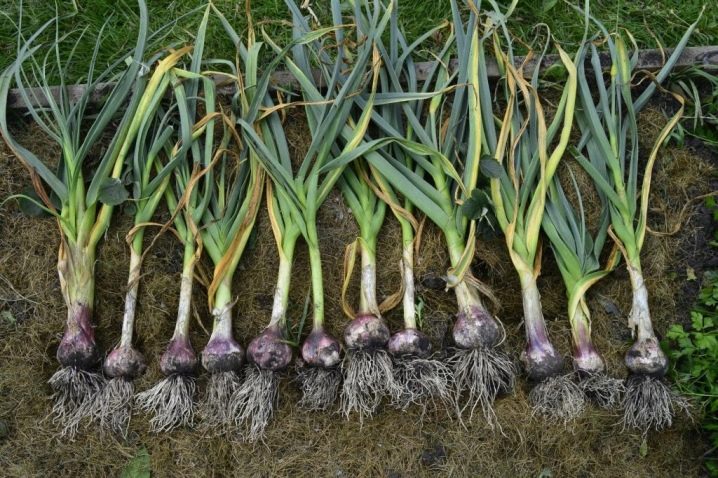
The earthen lump near the roots is not removed, the garlic is allowed to dry out, and then it falls off quite easily. Garlic is dried for at least 2-3 days in an open space, but the harvest is not left under the scorching sun.
If it is not possible to leave it in the shade, then cover it with a cloth or grass, but not with a film - so it will get worn out. The harvested and dried garlic is stored in different ways: in wooden boxes, and in boxes, and in bags, and hanging.
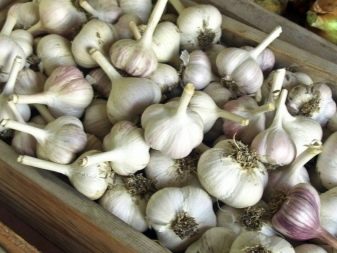
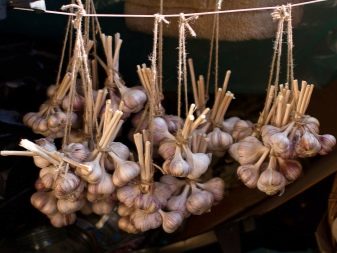













The comment was sent successfully.